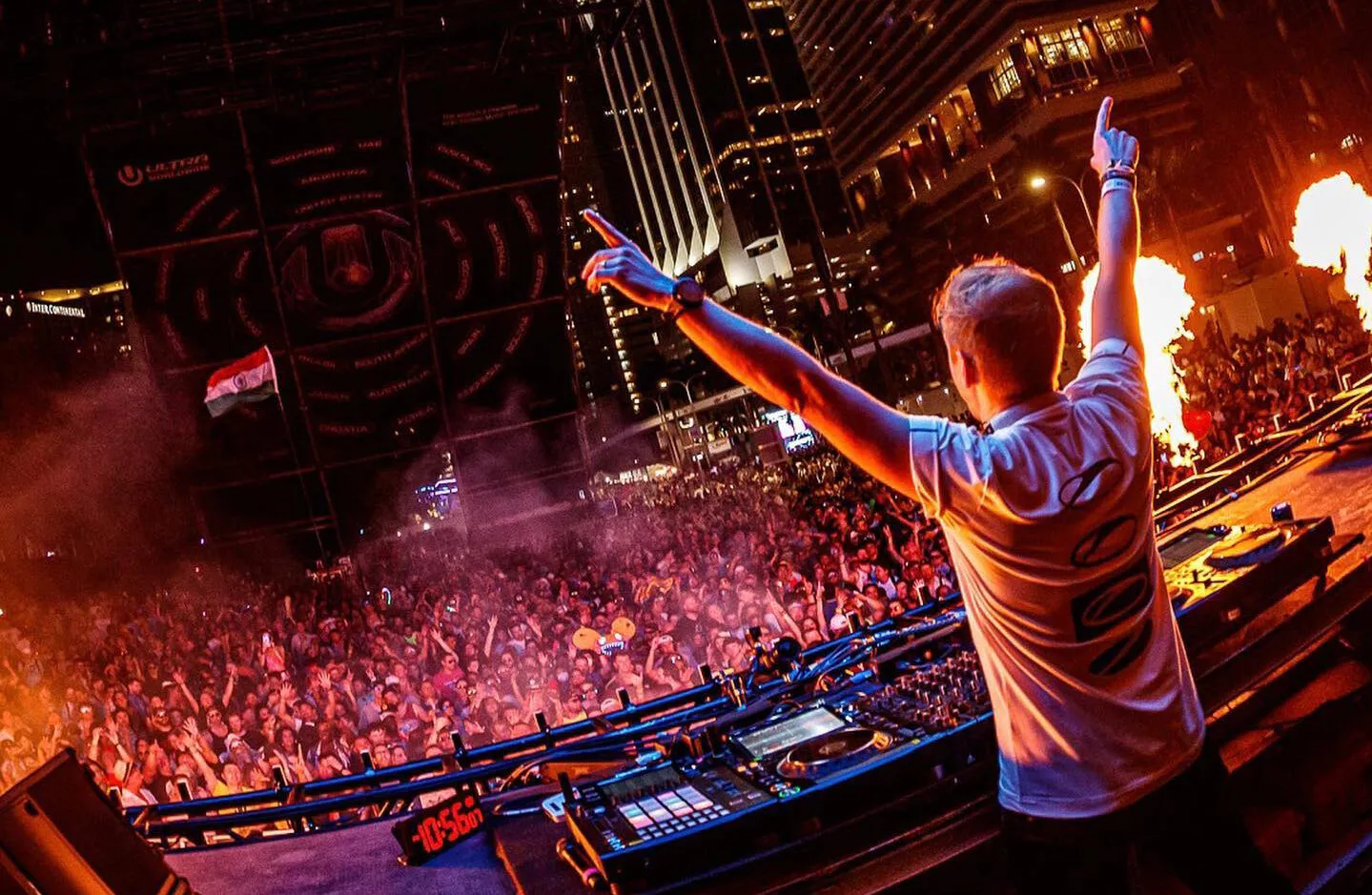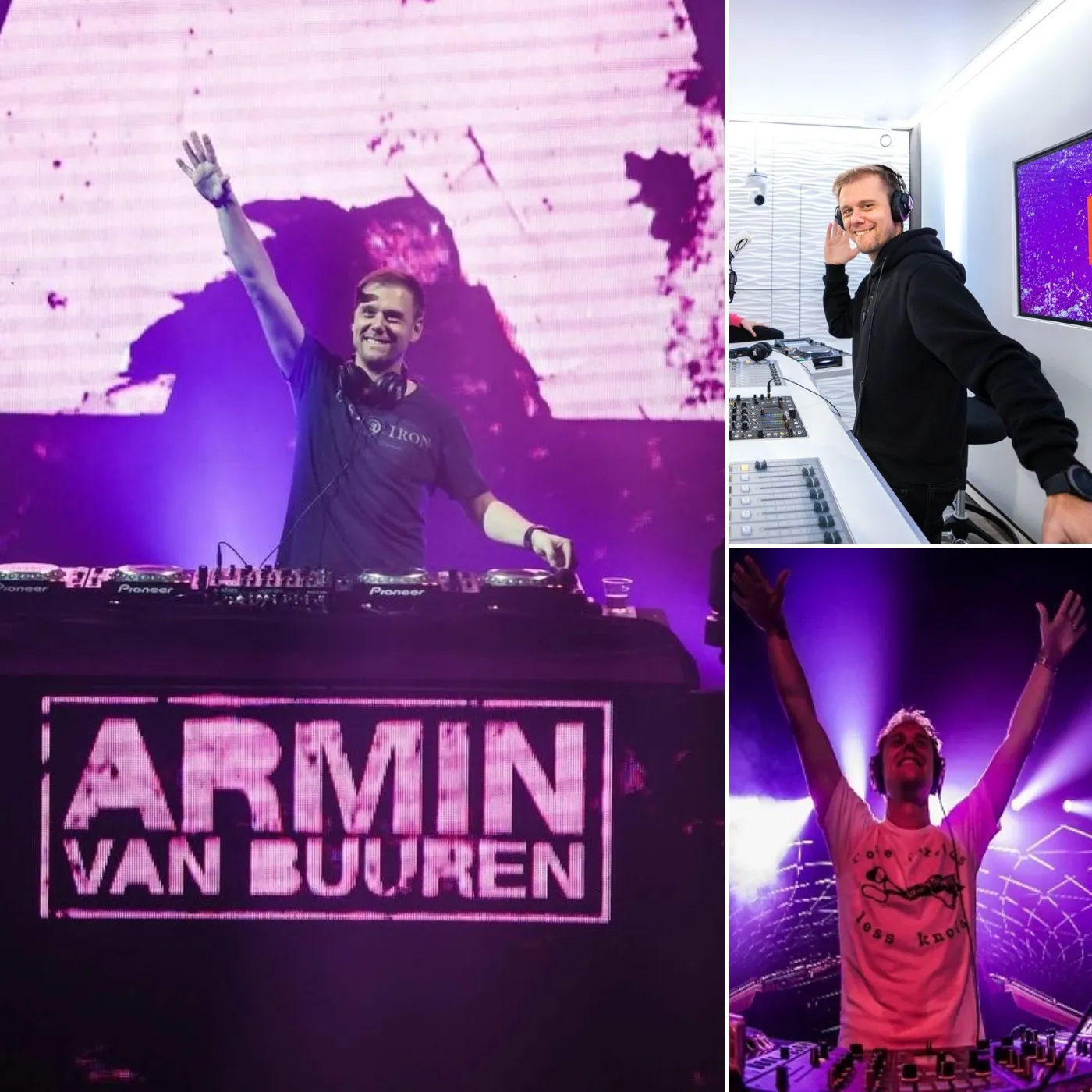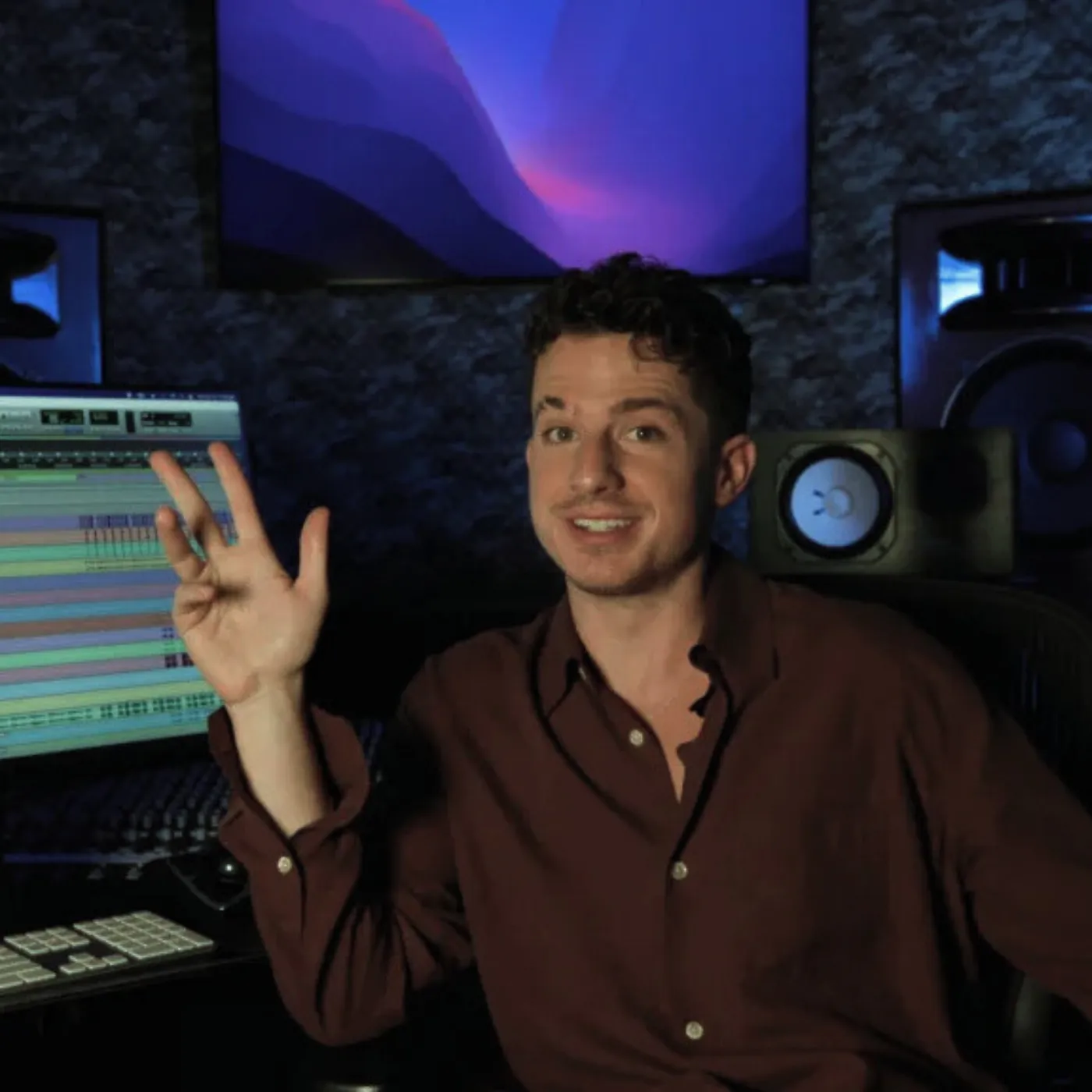Armin van Buuren’s collaborations often overshadow his own talent, making it difficult for people to appreciate his work.
Armin van Buuren is a name synonymous with electronic dance music (EDM) and, more specifically, the trance genre. Over the years, he has solidified his position as one of the greatest DJs and producers in the world. However, while his collaborations have significantly contributed to his global success, they have also led to an unintended consequence—overshadowing his personal talent. This article explores how his collaborations have shaped his career and the impact they have on his recognition as an individual artist.
The Rise of Armin van Buuren: A Solo Journey
Before collaborations became a central part of his work, Armin van Buuren was a solo powerhouse in the EDM scene. His early tracks like Blue Fear (1997) and Communication (1999) set the tone for his career, showcasing his ability to craft mesmerizing melodies and intricate productions. As he gained recognition, his A State of Trance (ASOT) radio show became a beacon for trance fans worldwide, further cementing his influence in the industry.
His solo albums, such as 76 (2003) and Shivers (2005), displayed his technical prowess and unique sound. These projects were deeply personal and demonstrated his ability to carry a track without external influence. At this point, he was already a global sensation, with a fanbase that admired him for his ability to innovate within the trance genre.
The Shift Towards Collaborations
As EDM evolved, so did Armin van Buuren’s approach to production. The mid-to-late 2000s saw a shift towards more mainstream accessibility, and collaborations became an essential strategy for artists to expand their reach. Armin van Buuren was no exception. He began teaming up with renowned vocalists and fellow producers to create tracks that appealed to a broader audience.
Songs like In and Out of Love (2008) featuring Sharon den Adel and This Is What It Feels Like (2013) featuring Trevor Guthrie catapulted him into mainstream consciousness. While these tracks were massive hits, they also marked a turning point where his collaborations started becoming the centerpiece of his identity rather than his individual artistry.
How Collaborations Overshadow His Personal Talent
Despite being one of the most respected producers in the industry, Armin van Buuren’s collaborations have led to the perception that his success is largely driven by the artists he works with rather than his own production skills. Here’s how this happens:
1. Vocal-Driven Tracks Take the Spotlight
Many of his most well-known songs feature powerful vocal performances, which often take precedence over the instrumental composition. Tracks like Another You featuring Mr. Probz and Sunny Days featuring Josh Cumbee are heavily vocal-driven, making listeners focus more on the singer rather than Armin’s underlying production.
2. Collaborations Blur Individual Identity
With a career spanning over two decades, Armin van Buuren has worked with countless artists, including David Guetta, Above & Beyond, Vini Vici, and Hardwell. While these collaborations create exciting musical fusions, they also blur his distinct sound. Some fans argue that his solo projects showcase his true musical genius, while his collaborations often cater to mainstream trends.
3. Dependence on Featured Artists for Chart Success
Many of his biggest commercial hits are collaborations, making it seem like his chart success is dependent on featuring well-known artists. This has led to debates among longtime trance fans who believe that his solo work is superior but less recognized because his collaborative efforts dominate the limelight.
The Benefits of Collaborations
Despite the overshadowing effect, collaborations have undeniably brought numerous benefits to Armin van Buuren’s career:
1. Expanding Musical Horizons
By working with artists from various genres, Armin has been able to experiment with different sounds, making his music appealing to a wider audience. His collaborations with pop artists, rock vocalists, and even hip-hop artists have diversified his discography.
2. Staying Relevant in the Evolving EDM Scene
The electronic music industry is highly dynamic, with trends changing rapidly. Collaborations keep Armin relevant by allowing him to adapt to new sounds and reach younger audiences who may not be familiar with his earlier work.
3. Bringing Trance to the Mainstream
Many of his collaborations serve as an introduction to trance music for mainstream listeners. Tracks like Great Spirit (with Vini Vici) blend trance with psytrance, appealing to fans outside the traditional trance community.
Balancing Collaborations and Solo Work
While collaborations are beneficial, Armin van Buuren must maintain a balance to ensure his personal talent is not overshadowed. Here’s how he can achieve this:
1. Releasing More Solo Productions
Dedicated trance fans admire his early solo work, and producing more instrumental trance anthems could reaffirm his individual artistry. His recent work, such as Euthymia (2020), shows that he is still capable of producing solo masterpieces.
2. Creating a Clearer Distinction Between Solo and Collaborative Work
By explicitly labeling certain albums or projects as solo efforts, Armin can highlight his personal production skills. This will help fans differentiate between his individual artistry and collaborative projects.
3. Returning to ASOT Roots
His A State of Trance (ASOT) brand remains one of the most influential platforms in trance music. By using it to showcase more solo productions, he can remind fans of his technical skills as a producer.

Conclusion: The Legacy of Armin van Buuren
Armin van Buuren’s collaborations have undoubtedly contributed to his success, making him a global icon in electronic music. However, they have also led to the perception that his greatest achievements are dependent on featured artists rather than his own abilities.
To preserve his legacy as one of the greatest trance producers, he must ensure that his solo work remains prominent. While collaborations help him stay relevant and reach new audiences, his true artistry lies in his ability to create timeless trance music that showcases his individual talent.
At the end of the day, Armin van Buuren is a pioneer, a visionary, and a master of his craft. Whether through collaborations or solo work, his impact on the EDM world is undeniable. The challenge now is ensuring that his legacy reflects his full range of abilities—not just the voices that accompany his music.




Post Comment